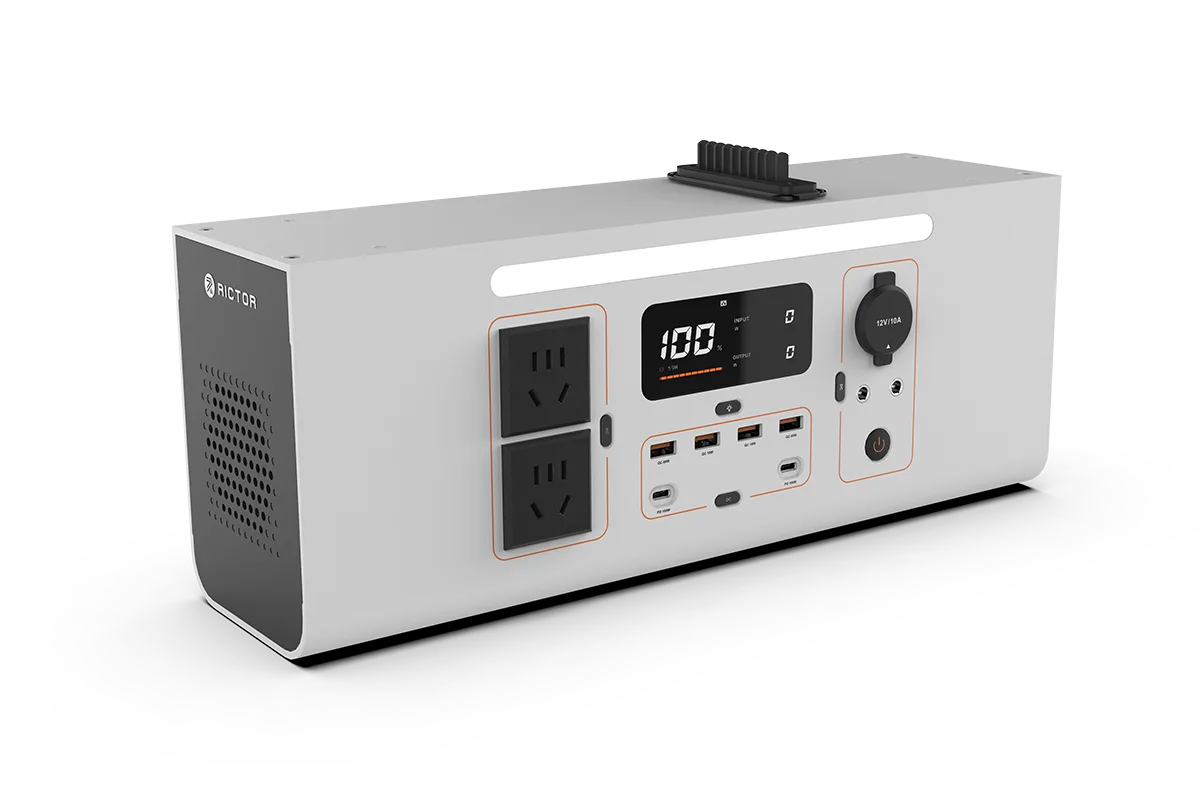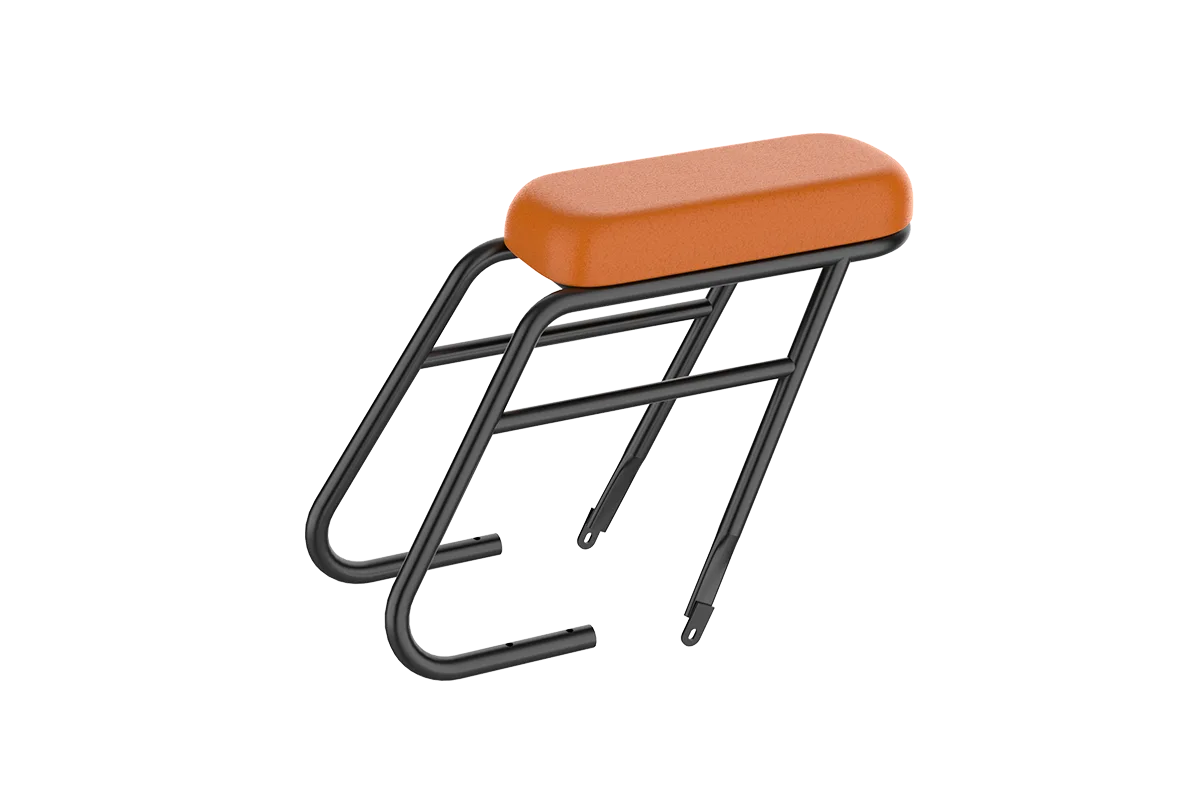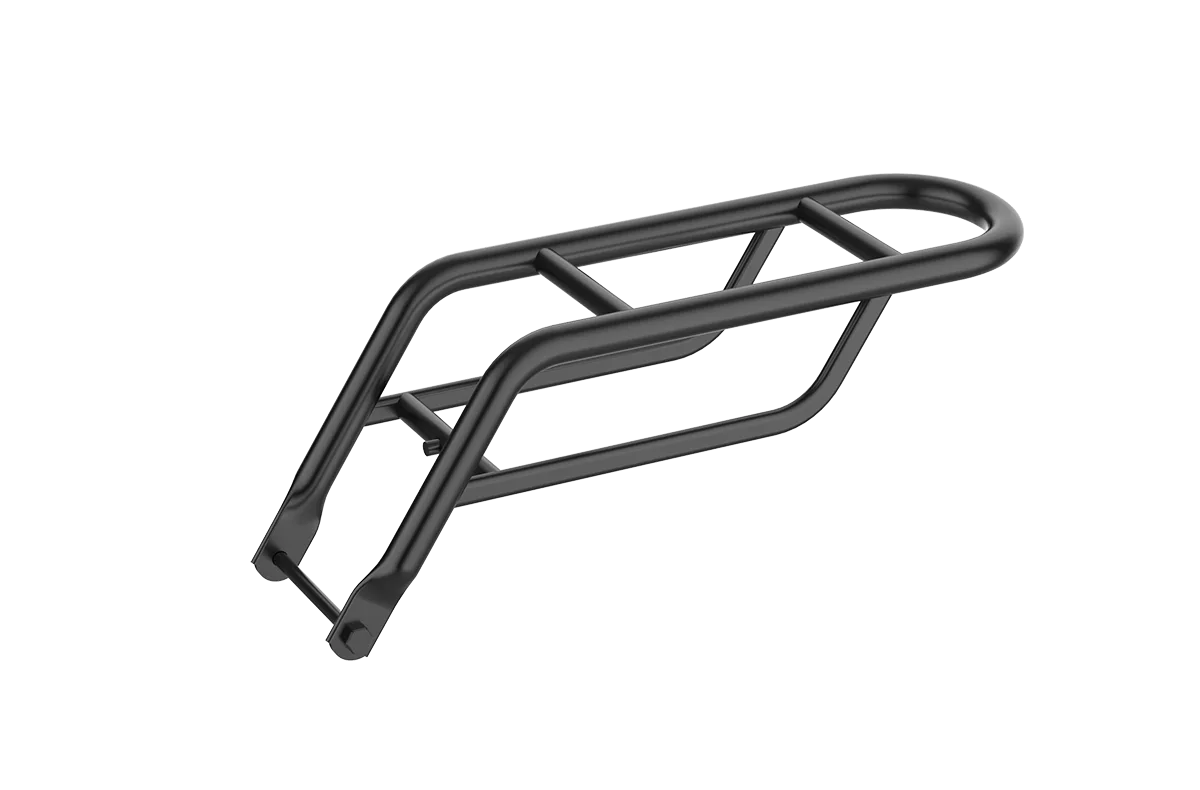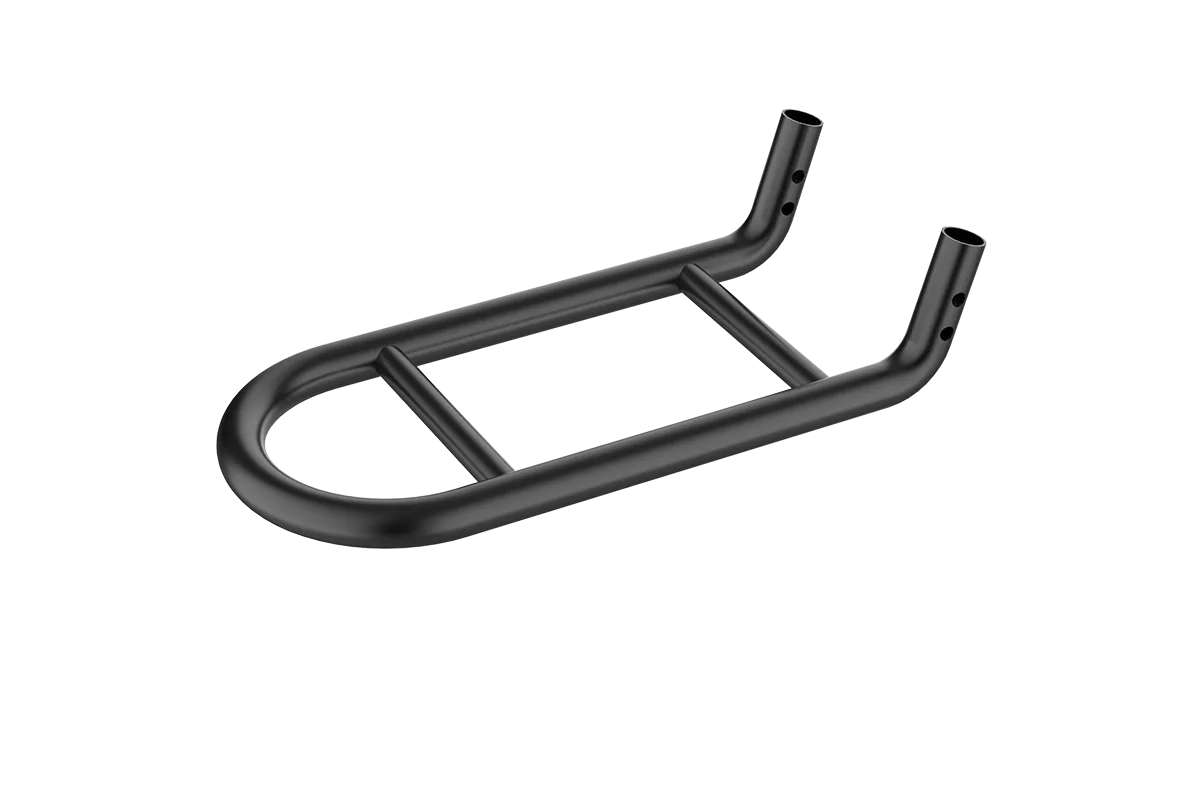Picture yourself cruising down a beach at sunset, the sand shifting beneath massive tires as you effortlessly glide along the shoreline. Or imagine conquering snowy trails that would stop conventional cyclists in their tracks. Fat tire electric bikes promise these adventures and more—but there's one question that gives many potential riders pause: Are fat tire eBikes hard to pedal?
It's a legitimate concern. Those oversized tires look like they'd require superhuman leg strength, especially if the battery dies mid-journey.
What Makes Them Different
Fat tire bikes feature tires typically 4 inches wide or greater—substantially wider than standard mountain bike tires (2-2.5 inches) or road bike tires (less than 1 inch). This additional width creates a larger contact patch with the ground, distributing the rider's weight across more surface area.
The Physics Behind Fat Tires
The relationship between tire width and pedaling effort comes down to a few key factors:
-
Surface resistance - How the tire interacts with the ground
-
Rolling resistance - The energy lost as the tire deforms against the surface
-
Weight - The additional mass that must be propelled forward
Each of these elements plays a crucial role in how much effort you'll expend when pedaling.
Are They Harder to Pedal
Let's cut to the chase—when pedaled without electric assistance, fat tire eBikes are indeed somewhat harder to pedal than their skinnier-tired counterparts.;
The Resistance Factor
On pavement or hard-packed trails, fat tires create more rolling resistance. The wider rubber deforms more against the surface, creating friction that requires additional effort to overcome. Think of it as the difference between pushing your hand through water (standard tires) versus pushing it through honey (fat tires).
"When riding on roads or sidewalks, you'll definitely feel more resistance with fat tires," says Alex Richards, a Colorado-based eBike tour guide. "It's not overwhelmingly difficult, but you'll notice you're working harder to maintain the same speed compared to a standard eBike."
When Fat Becomes Fast
Here's where things get interesting—on soft surfaces like sand, snow, or loose gravel, the equation flips entirely. Fat tires actually become easier to pedal because they:
-
Float on soft surfaces rather than sinking in
-
Provide better traction and forward momentum
-
Reduce the "plowing effect" that narrower tires experience
This reversal highlights an important point: pedaling difficulty is highly contextual and depends largely on where you ride.
SEE ALSO Should You Buy Fat Tire Electric Bike?Pro and Con Analysis

How Motors Change the Equation
The beauty of fat tire eBikes is that the electric motor significantly offsets the additional pedaling effort required.
Motor Power and Placement
| Motor Type | Typical Power | Effect on Pedaling Effort |
|---|---|---|
| Hub Motor | 250-750W | Directly reduces effort but may feel disconnected from pedaling |
| Mid-Drive | 250-750W | Multiplies pedaling effort through gears, feels more natural |
| Dual Motor | 750-1500W | Maximum assistance, virtually eliminates extra effort |
Most quality fat tire eBikes feature motors powerful enough to negate the additional resistance of the tires. When engaged at medium to high assistance levels, riders often report no perceivable difference in effort compared to standard eBikes.
Battery Capacity Considerations
What happens when your battery dies? This is where the concern about pedaling difficulty becomes most relevant.
With a depleted battery, you'll experience:
-
The full resistance of the fat tires
-
The additional weight of the motor and battery components (often 15-25 pounds)
-
Potential drag from the motor system (varies by design)
Factors That Affect Pedaling Effort
Beyond the tires themselves, several factors influence how difficult a fat tire eBike feels to pedal:
Tire Pressure
Fat tires operate at significantly lower pressures than standard bike tires:
- Road bikes: 80-120 PSI
- Mountain bikes: 25-50 PSI
- Fat tires: 5-20 PSI
The pressure you choose dramatically impacts pedaling difficulty. Higher pressures reduce rolling resistance on hard surfaces but compromise traction and comfort. Lower pressures excel on soft terrain but require more effort on pavement.
Many experienced fat tire eBike riders adjust their tire pressure based on the terrain they'll encounter:
-
Pavement riding: 15-20 PSI
-
Mixed terrain: 8-15 PSI
-
Snow or sand: 5-8 PSI
Weight Distribution and Bike Design
Not all fat tire eBikes are created equal. Quality models feature:
-
Lightweight alloy frames to offset tire weight
-
Optimized geometry for efficient pedaling
-
Multiple gearing options to adapt to conditions
Budget models often skimp on these features, resulting in a noticeably harder pedaling experience, especially without electric assistance.
Who Should Consider a Fat Tire eBike
Understanding the pedaling characteristics helps determine if a fat tire eBike is right for you:
Ideal for riders who:
-
Value versatility across multiple terrain types
-
Prioritize stability and comfort over speed
-
Plan to ride primarily with electric assistance
-
Want to access challenging environments like beaches or snow
May not be ideal for:
-
Riders focused exclusively on paved roads and efficiency
-
Those with limited strength who might need to pedal without assistance
-
Speed-oriented cyclists looking for maximum efficiency
Getting Used to Fat Tires
Any initial difficulty pedaling fat tire eBikes diminishes with experience. Your body adapts to the different muscle engagement patterns, and you develop techniques to maximize efficiency.
After about two weeks of regular riding, most people stop noticing the additional effort.The human body is remarkably adaptive, especially when the difference in effort is relatively subtle, as it is between tire types when electric assistance is available.
Conclusion;
Are fat tire eBikes harder to pedal? Yes, but with important caveats:
- The electric assistance largely negates the additional effort on most terrain
- On soft surfaces, they may actually be easier to pedal than standard tires
- The difference is relatively minor for casual recreational riding
- Your experience depends heavily on specific bike quality, tire pressure, and terrain
If you're drawn to the stability, comfort, and all-terrain capability of fat tire eBikes, don't let concerns about pedaling difficulty deter you.
FAQs
Are fat tire eBikes good for beginners?
Yes, they offer excellent stability and balance due to their wider tires, making them easier to control for new riders.
How much do fat tire eBikes typically weigh?
Most fat tire eBikes weigh between 50-70 pounds, about 10-15 pounds more than standard eBikes.
Do fat tire eBikes require more maintenance?
Not significantly more, though tire pressure needs more frequent checking and adjustment based on riding conditions.
💡 Explore More Here!
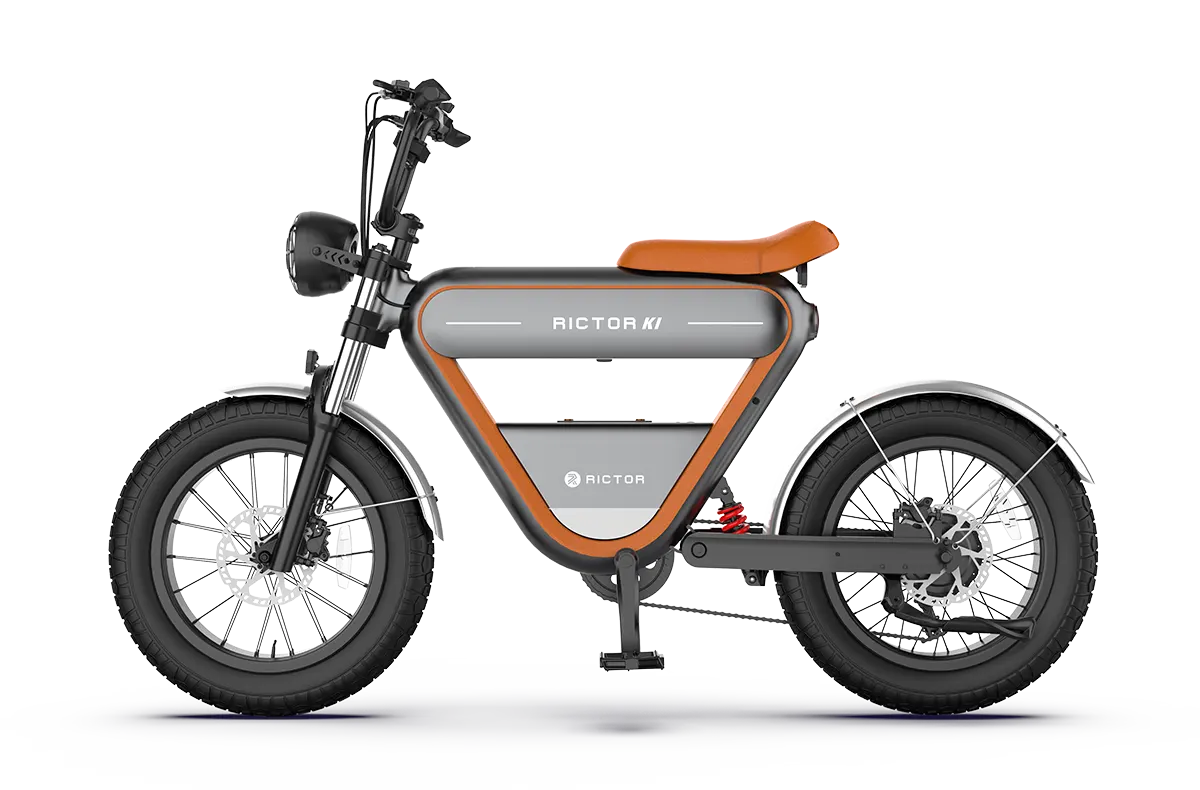
RICTOR K1
$1,699.00 - $1,999.00
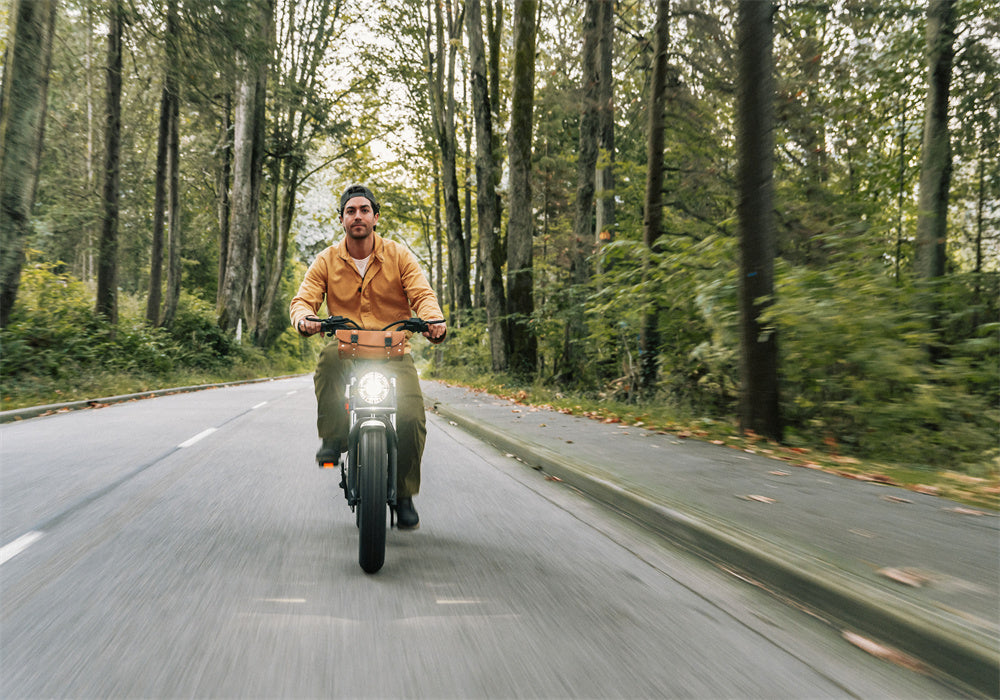
Jun 11, 2025
How Mid-Drive Motors Use E-bike Gears for Cooler, More Efficient Riding
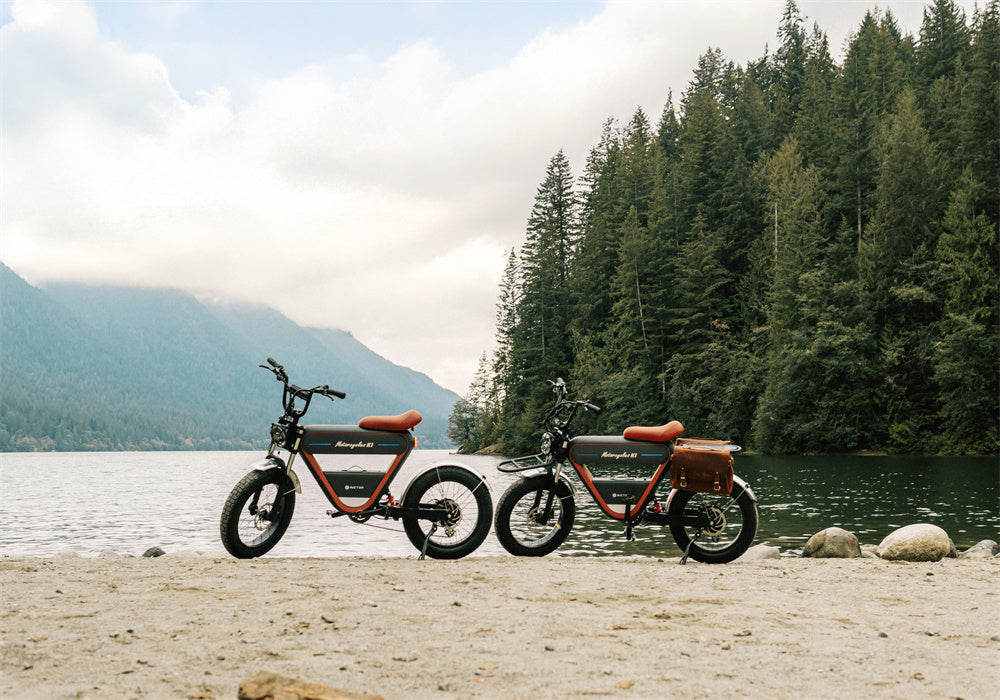
Jun 6, 2025
How to Apply for California's Ebike Incentive
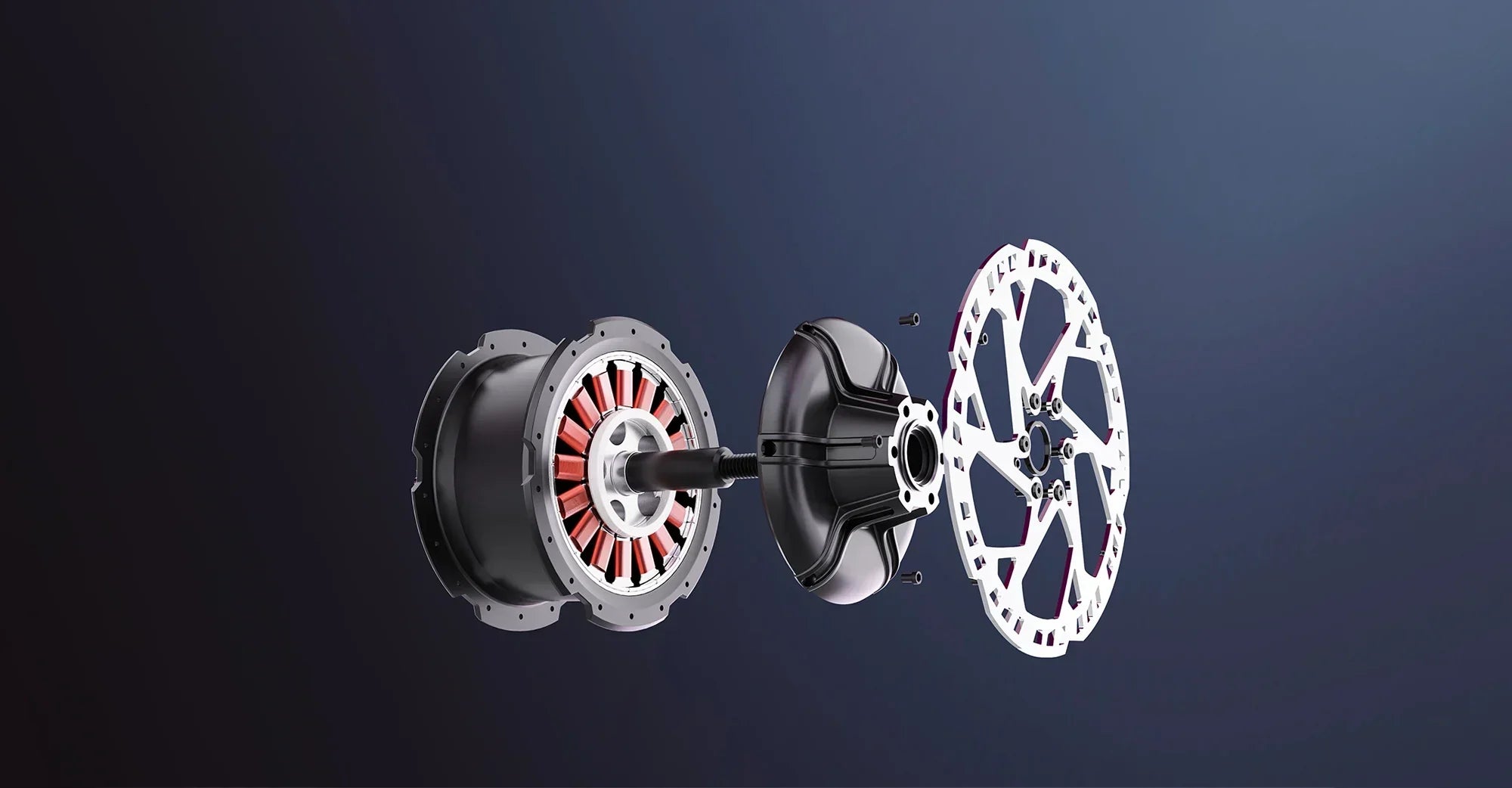
May 30, 2025
E-Bike Motor Stuttering After Overheating? Diagnosing and Fixing Thermal Gremlins
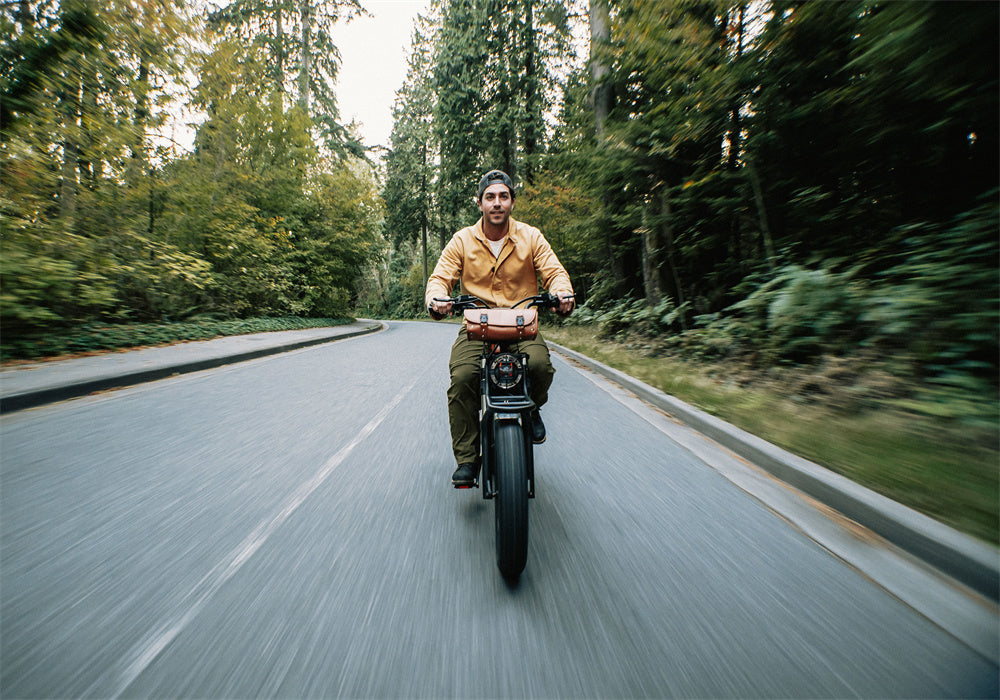
May 29, 2025
Everything You Need to Know About Your Ebike Frame
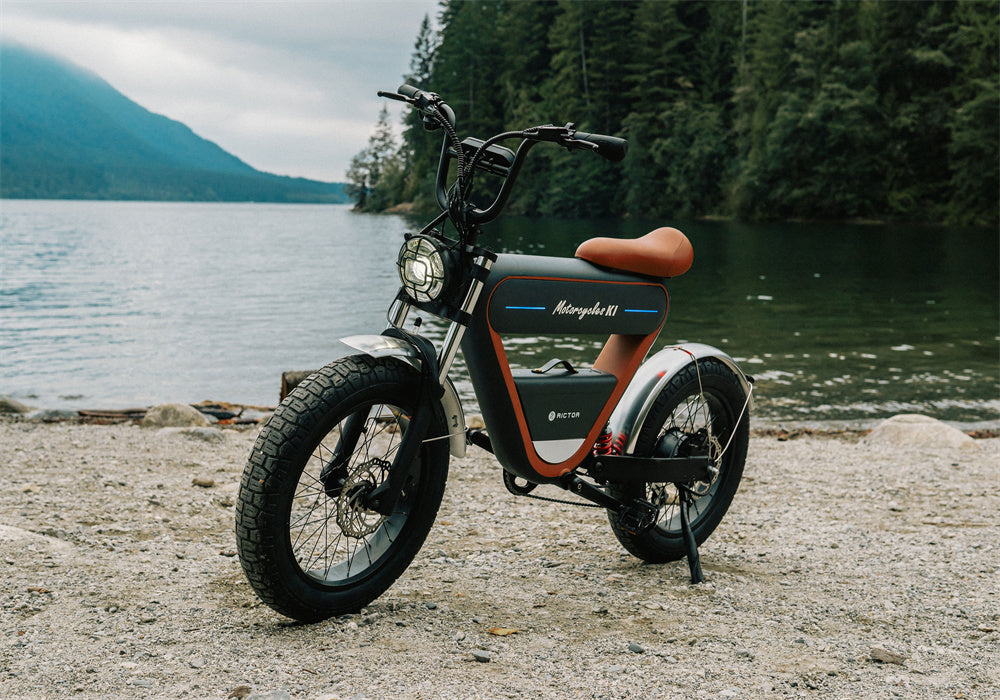
May 28, 2025
Types of E-Bike Sensors: Everything You Need to Know for an Enhanced Ride
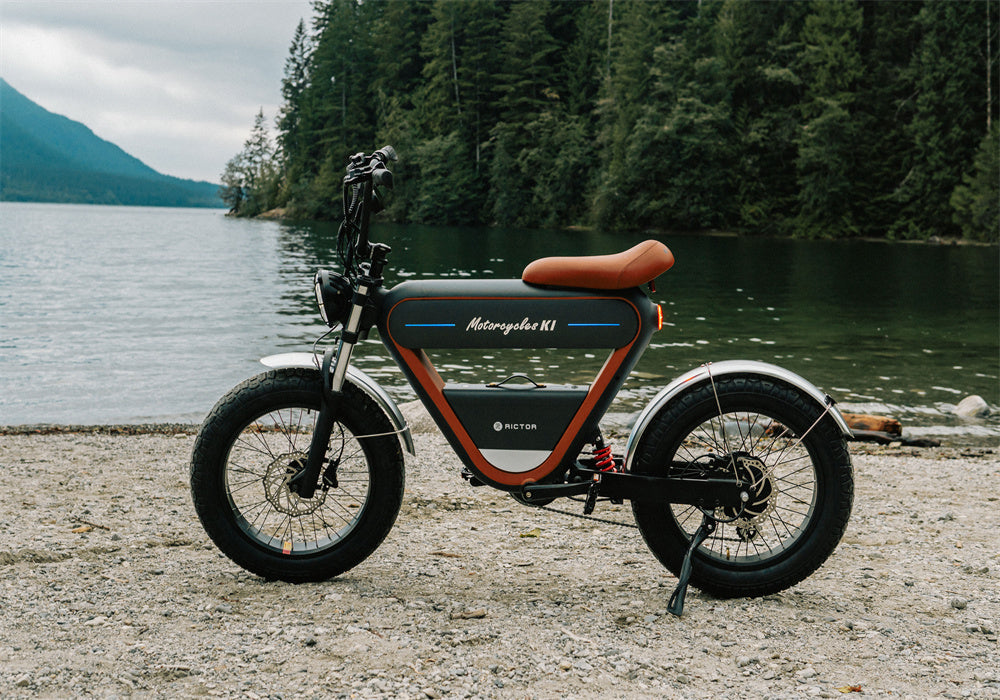
May 26, 2025
